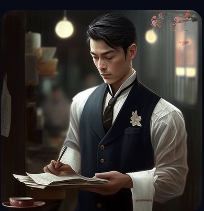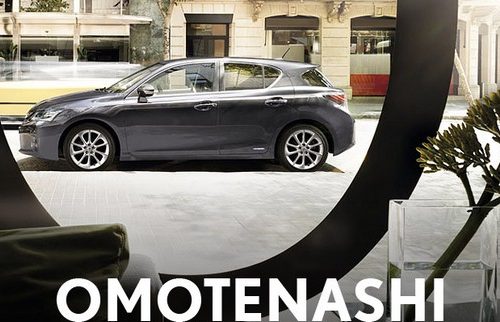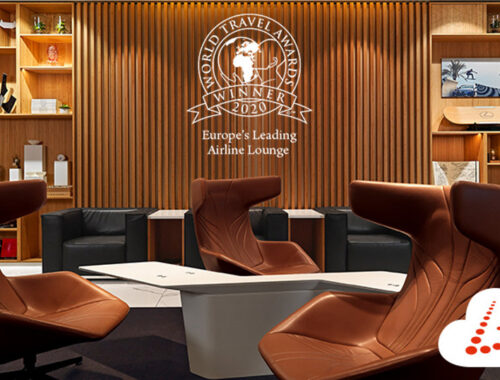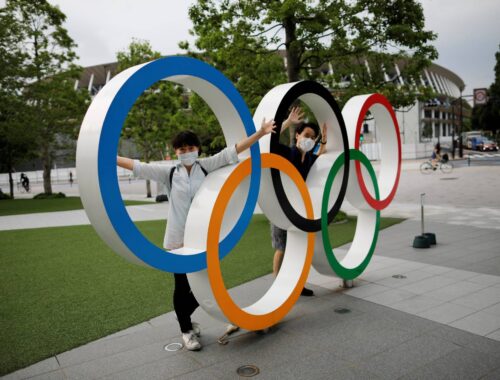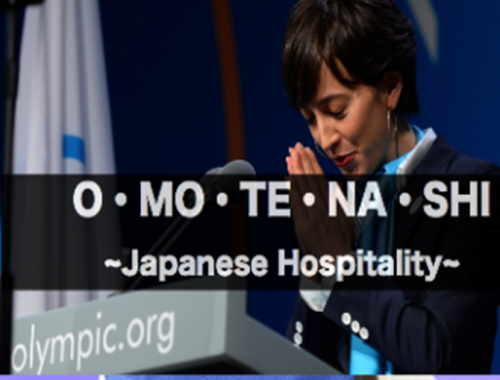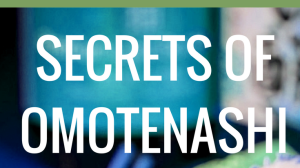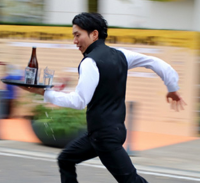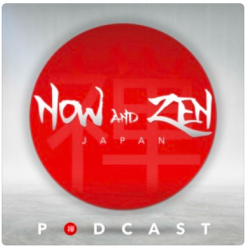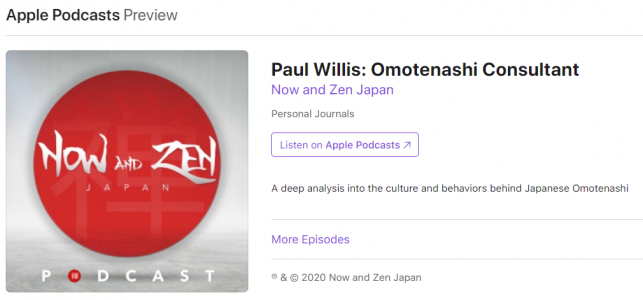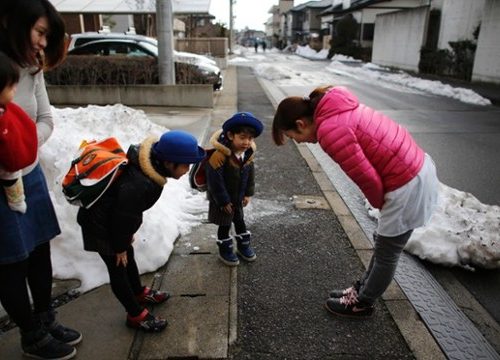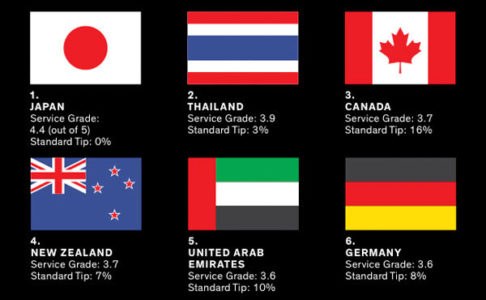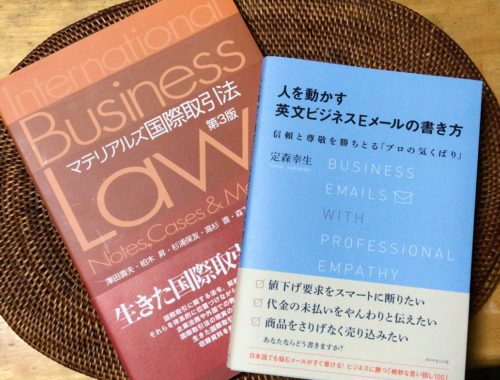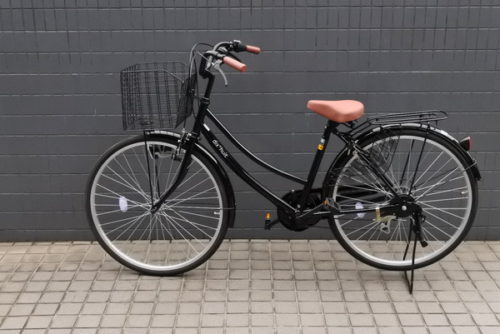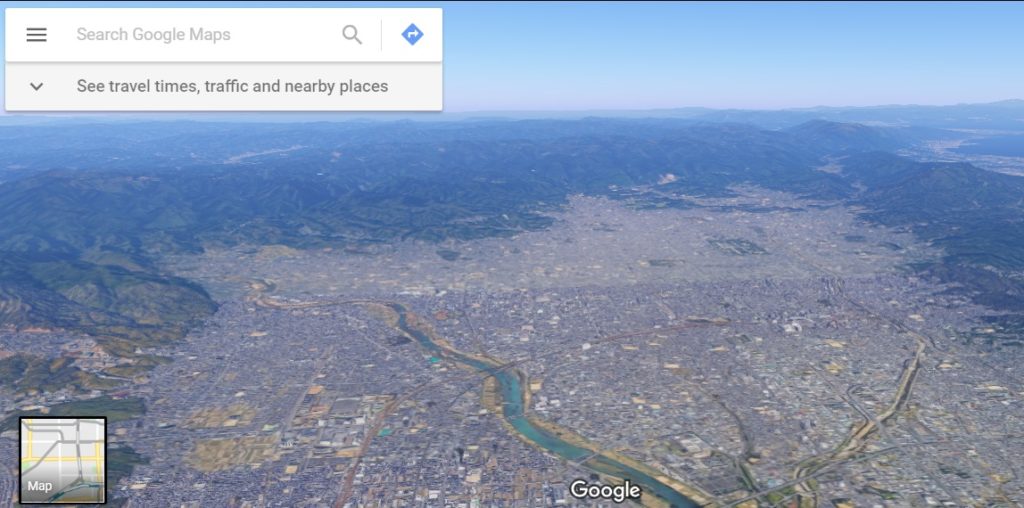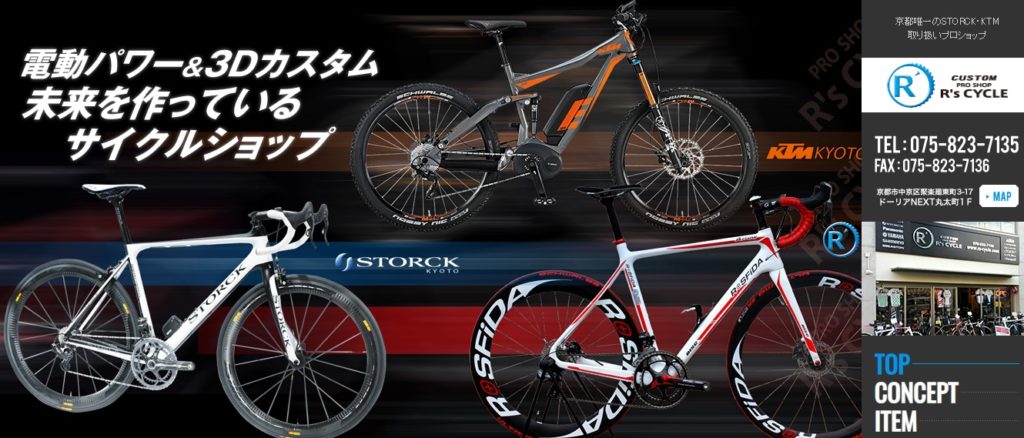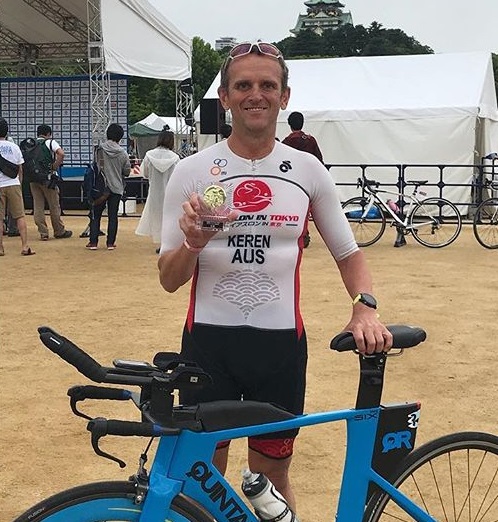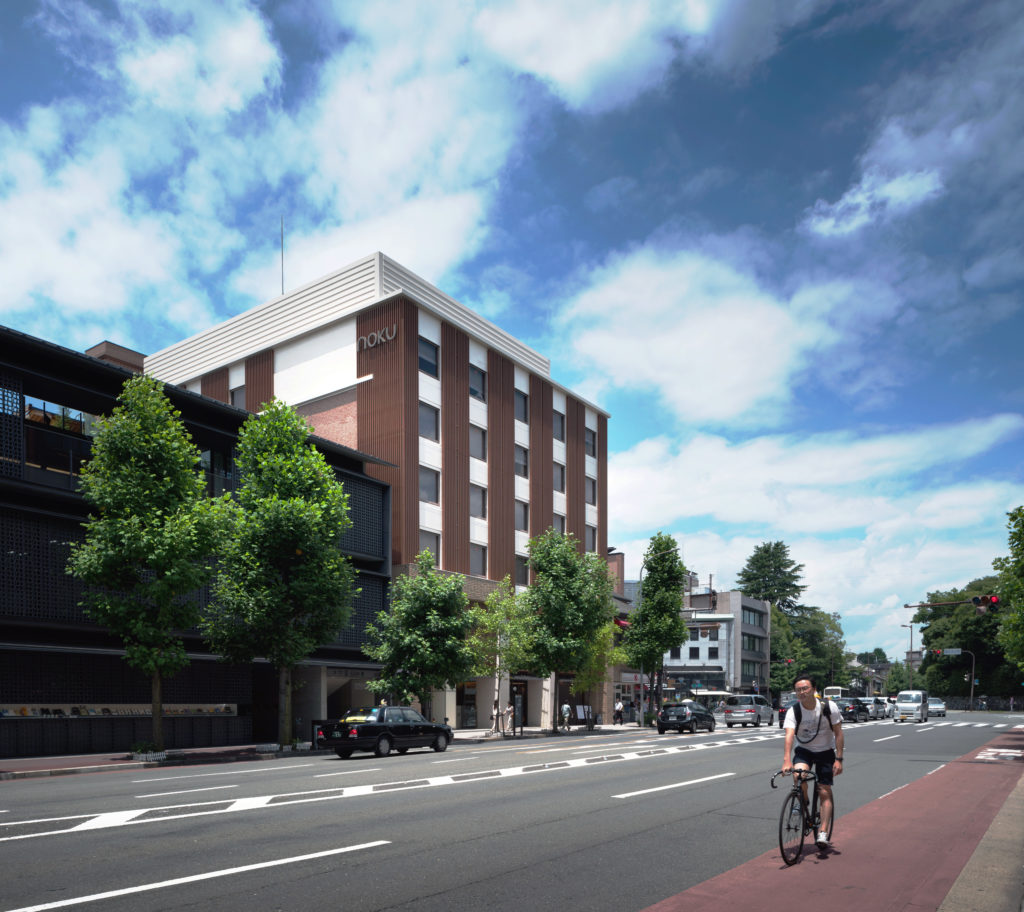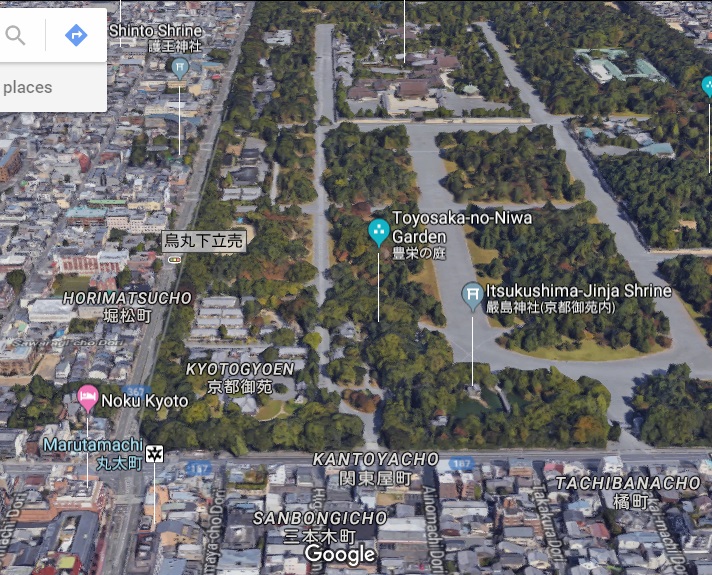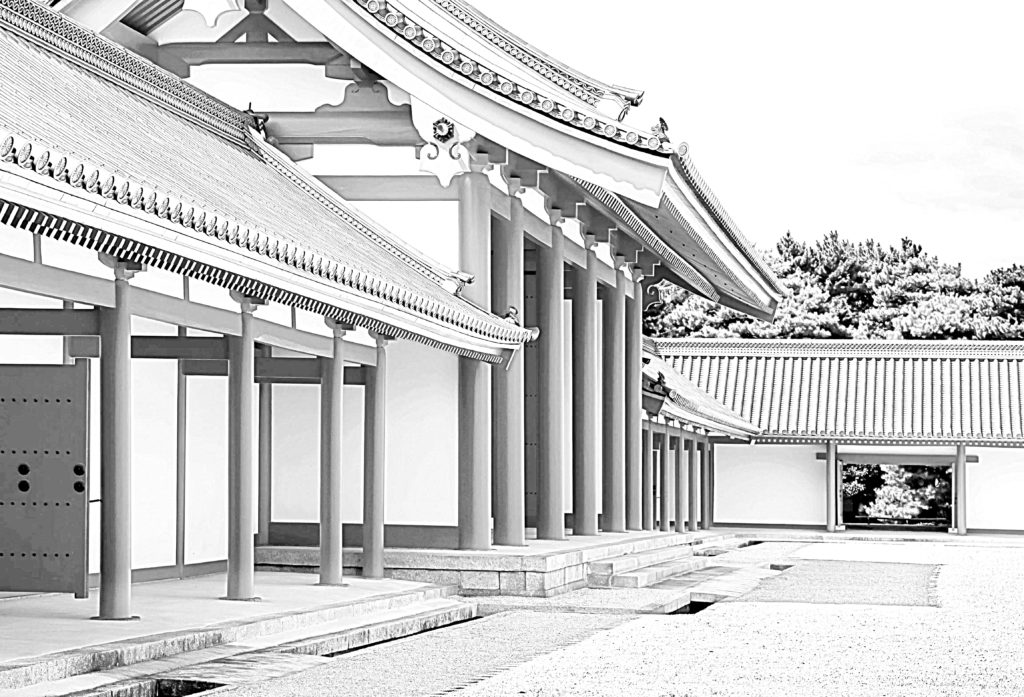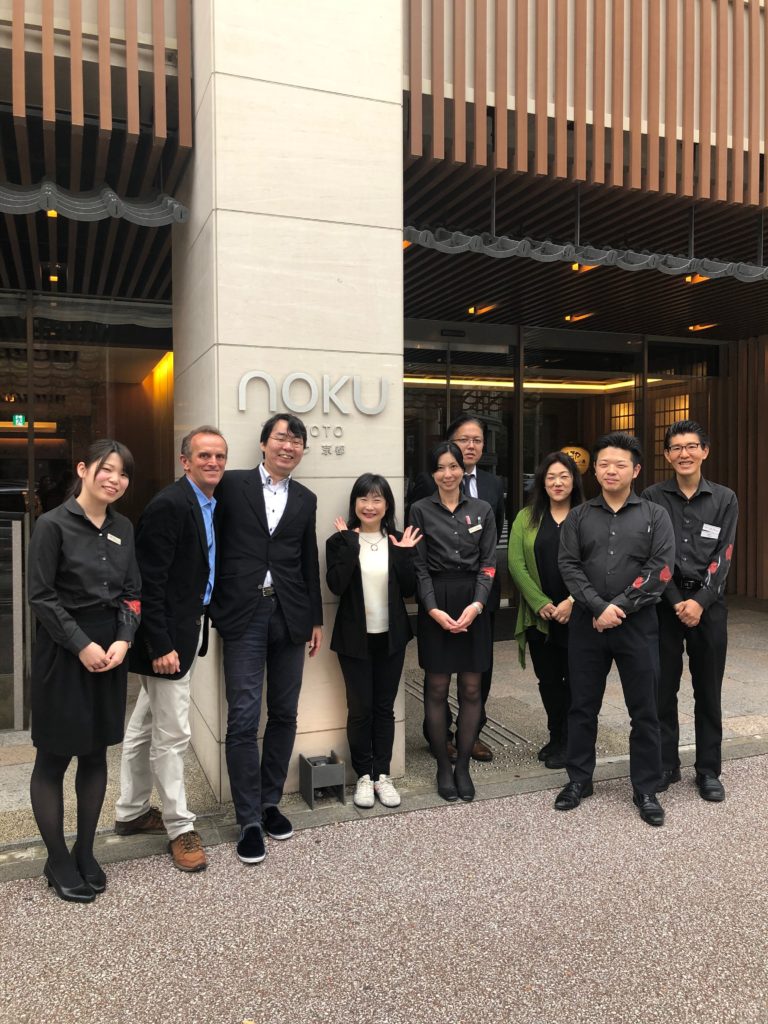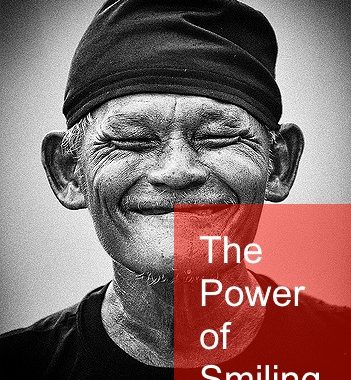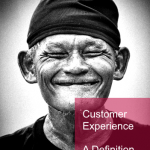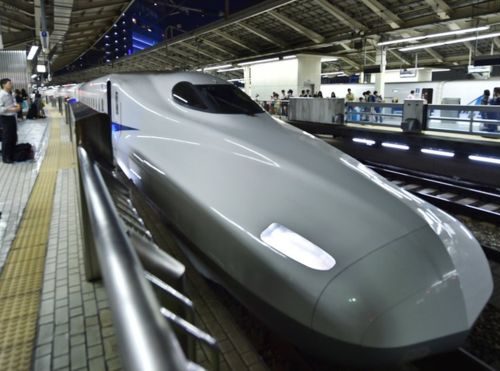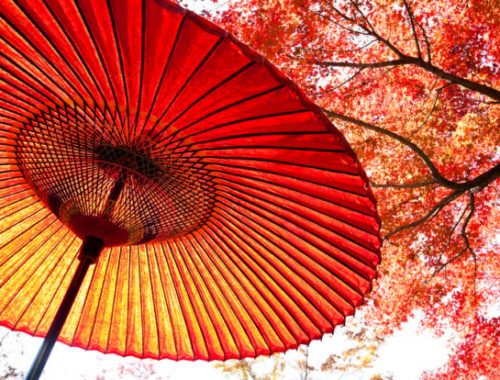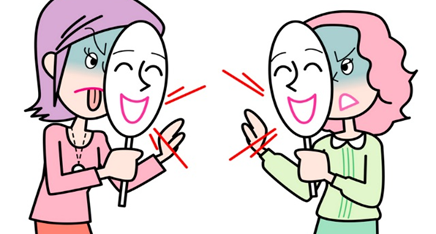The Growing Importance of Delivering Extraordinary Hospitality Experiences
In a world where luxury 5-star hotels often have similar elegant furnishings, upscale amenities, and refined dining options, what really sets one property apart from another is the quality of the guest experience. More and more, discerning travelers are looking for hotels that provide truly memorable and personalized service that exceeds expectations. This is where the ancient Japanese concept of “omotenashi” can serve as an inspiration and guide for modern hospitality brands aiming to deliver extraordinary experiences.

Omotenashi translates to “hospitality from the heart” and originally emerged in the Ryokan and Tea Ceremony culture of traditional Japan.
Unlike Western hospitality, which often relied on material comforts and refinements, omotenashi was entirely focused on anticipating guests’ needs, understanding their desires, and providing sincere, empathetic service.
The core principles of omotenashi are in tuning in deeply to the guest, eliminating their worries, and making them feel cared for, welcomed, and appreciated.
Real Luxury
In luxury 5-star hotels today, where state-of-the-art technology and facilities already cater to guests’ physical comfort, service staff must go further to nurture the emotional and psychological aspects of the stay. This requires empathy, active listening, observational skills, and making heartfelt human connections with guests. Small thoughts and gestures that show customers their individuality and preferences matter can help transform a standard luxury experience into an unforgettable one.

Omotenashi Hospitality
For example, at hotels where omotenashi is a service philosophy, staff may notice a guest’s unique cufflinks at check-in and later leave a handwritten note complimenting their stylish taste. If staff overhear guests chatting about a special occasion, they may discreetly inform the kitchen to add a celebratory chocolate treat to their room. Or if early risers are observed heading to the gym each morning, staff can make sure to have a fresh pot of coffee already brewed and ready when those guests come down for breakfast.
These thoughtful, personalized touches go beyond formal service scripts. They require staff to observe cues, understand contexts, and use their emotional intelligence to craft unique experiences guest-by-guest. Omotenashi is not about superficial politeness or over-the-top pandering. It’s about cultivating genuine care and connections between staff and guests. Small, sincere gestures rooted in empathy make a big impression.
Executing thoughtful anticipatory service and experiential personalization consistently requires buy-in across an organization. Hotel leaders aiming to differentiate their hospitality brand should invest in hiring staff with innate warmth, intuition and care. Comprehensive training programs can then build on these natural talents by teaching trainee etiquette, deep listening skills, and ways to read verbal and non-verbal cues from guests. Leaders should empower frontline staff to creatively tailor touches to delight specific guests — without the need for top-down micromanaging.

With omotenashi principles guiding their efforts, luxury hotels can transform vanilla five-star stays into memorable journeys filled with pleasant surprises, meaningful moments, and heartfelt hospitality. While material comforts satisfice, emotional connections create lifelong loyalty. By tapping into the ancient wisdoms of omotenashi, modern hotels can craft guest experiences that feel genuinelypersonalized, thoughtful, and infused with humanity.
In today’s increasingly commoditized landscape of upscale accommodations, delivering stays that nurture both heart and mind is the new gold standard for standout service.
Real Hospitality
Real hospitality comes from the heart. In our fast-paced, high-tech world, a caring human touch means more than ever. Luxury hotels can have all the fancy furniture and amenities, but without personal service, every place starts to feel the same. To stand out, hotels need to take a page from old-school Japanese omotenashi.
It’s about seeing guests as people, not transactions. Little customized touches that show you get what makes them tick make all the difference. But you can’t fake caring – it’s gotta be real. Hotels need to hire staff who really get people and know how to pick up on the small clues. With the right kind-hearted folks, omotenashi training can take things to the next level.
Empowered staff will start noticing things and responding with cool personalized gestures. They’ll see every interaction as a chance to make a human connection. With the whole team living omotenashi, the hotel experience goes from just another stay to a one-of-a-kind journey.
In a crowded luxury space where the digs are all premium, standing out comes from creating emotional experiences. And in our disconnected world, it feeds our need for community. By bringing back good old-fashioned caring, hotels deliver happy guests and human connections. That glow of goodwill and those special memories – that’s today’s true luxury.

